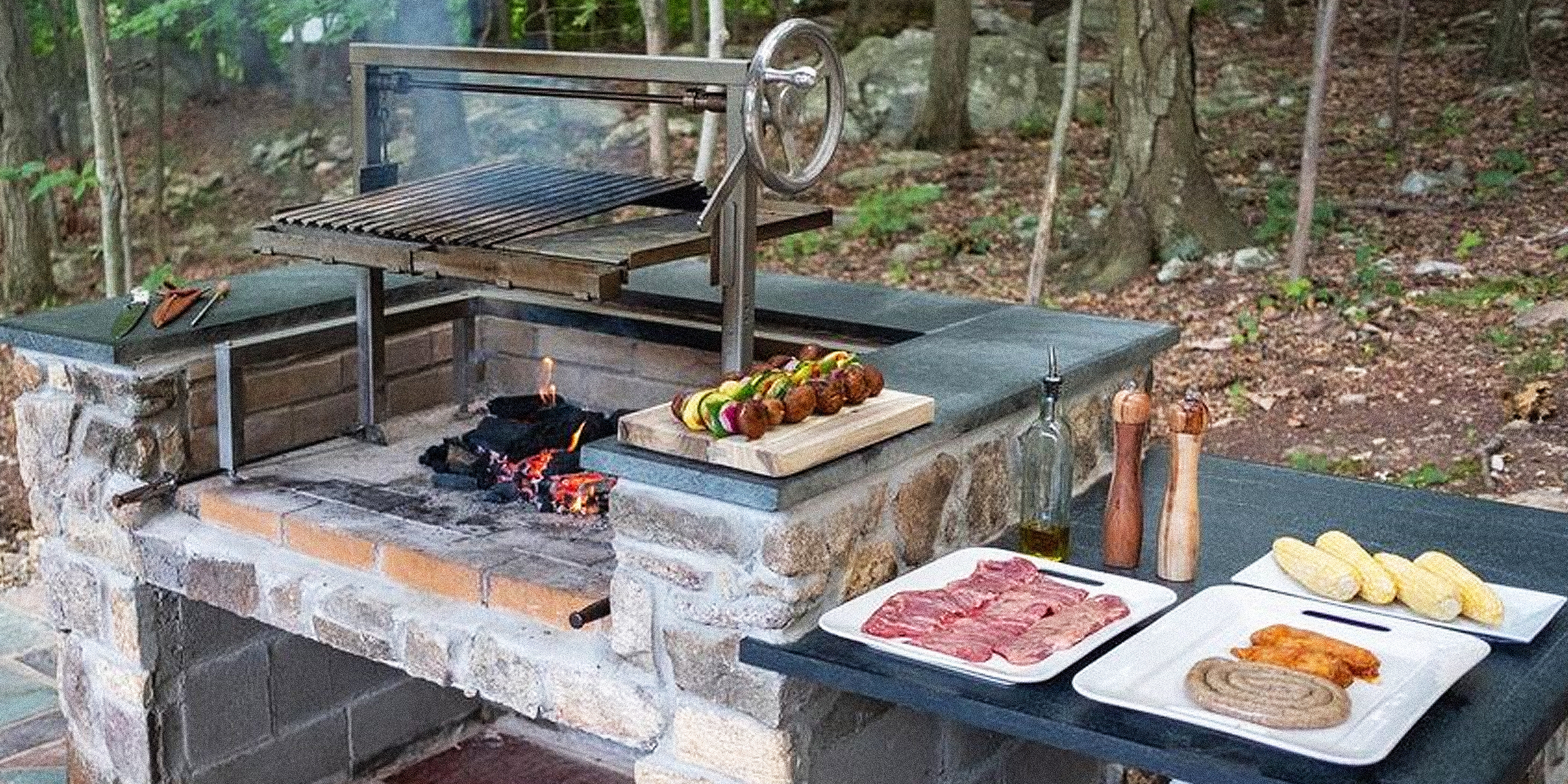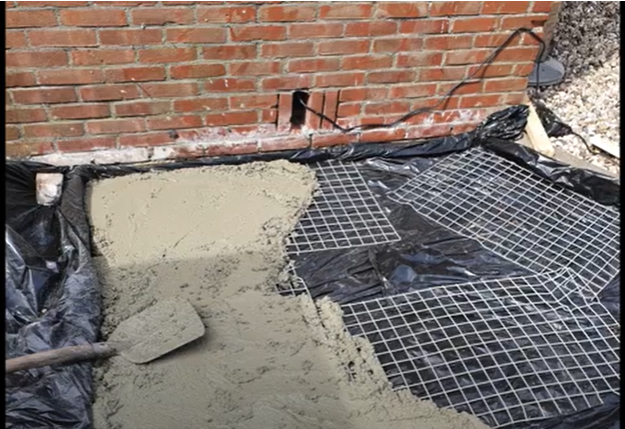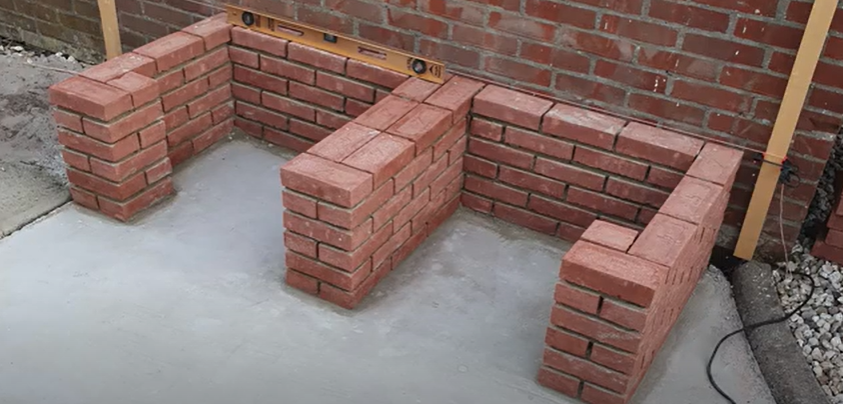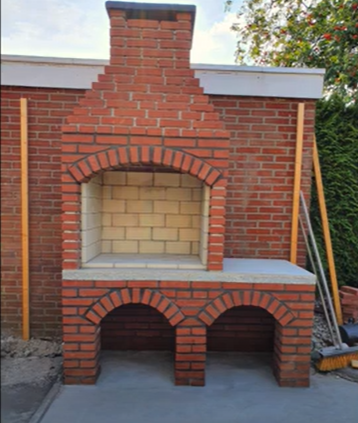
DIY Argentine Grill: The Hows, Whys, and More

An Argentine grill can be a stellar addition to your garden to entertain family and guests and cook juicy, smokey meat. However, it can cause quite a dent in your pocket when store-bought. Luckily, you can create one DIY style.
As the term suggests, the Argentine grill originates from Argentina. The people of this South American country have been said to foster a deep appreciation for cattle and, by extension, beef.
They pioneered the Argentine grill, which offers a unique and versatile way of cooking meat. Argentine grills can differ based on structure—some are made mostly of steel and are portable, and some are made from brick and mortar—but they also share fundamental similarities.
Among the defining characteristics of the Argentine grill's mechanism is a movable cooking surface that hovers above heated charcoals and can be lowered or hoisted based on the temperature required for cooking.
Many also use the V-grate, which is the steel cooking surface of an Argentine grill characterized by its V-shaped grooves. The benefit of using a V-grate is that as the meat sears, the juices that drip from it travel through the V-grooves and settle into a drip pan. The juices can then be re-purposed or used to re-baste the meat.
It is worth noting that while some Argentine grills—also referred to as the Gaucho Grill or Santa Maria Grill—can be purchased, the price can be hefty, ranging upwards of $1000. Building one DIY-style can be half the starting price, and below is a guide on how to go about it.

Grilled meat on an Argentine grill | Source: Pexels
What to Consider before Building Your Argentine Grill
1. Location
As experts will note, the location of your Argentine grill is an essential factor to consider. Most people often install or build them in their gardens or backyards. That being said, choosing a spot least affected by winds is essential so the heat and fire aren't extinguished while grilling.
2. Distance
The distance between the grill and the dining place must likewise be considered for the safety and comfort of guests or family. It is also essential to build it away from easily flammable or combustible materials.
3. Height
The grill's height must be similar to that of a table to avoid having to stoop down if it's too low or having difficulty reaching the food at the back of the grill because it's too high.
4. Size
The size of your grill will be determined by the size of your chosen location.
A Step-by-Step Guide to Buiding an Argentine Grill
The Foundation
- Once you've decided on a location, clear and level the ground.
- Next, you need to prepare the foundation. After measuring the size of your Argentine grill, lower the ground by about four inches based on your measurements.
- Ensure the soil is leveled and compacted, then add a steel mesh and a small layer of rubble and cover with cement.

A screenshot of an Argentine grill foundation being laid | Source: YouTube/Joris Velden
The Walls
- Once the foundation is set, begin building the lower walls with brick and mortar. As shown below, the bottom half of the grill is separated into two sections.

A screenshot of the lower walls of the Argentine grill under construction | Source: YouTube/Joris Velden
- The next step is preparing the countertop base by placing a shutter above the two sections of the lower part of the grill. Place a metal mesh above the shutter, then fill the countertop with cement. Note that the counter should be approximately four inches thick.

A screenshot of the countertop being filled with cement | Source: YouTube/Joris Velden
- The next step is to build the upper walls of your Argentine grill. In the graphic below, the builder only constructed two upper walls (and a chimney) above the left and middle lower walls; however, other designs differ slightly.

A screenshot of the finished structure of an Argentine grill. | Source: YouTube/Joris Velden
The Internal Walls
- Once the structure is up and strong, it's time to lay the refractory bricks along the internal facing walls of your Argentine grill. These bricks will protect the brick-and-mortar structure from being damaged by the heat.
- Finally, install the steel grill — which you can either purchase or weld DIY style — and ensure that it is four to six inches tall above the countertop.
Final Notes
Although this is said to be optional, installing a fire cradle can help manage the heat more efficiently when grilling. Another optional addition is a chimney above the grill, which can also be beneficial. Now that your Argentine grill is finished, it's time to enjoy your creation.
Sometimes doing something yourself is much better than buying something new, like when there's a need to Fix a Scratched Mirror.